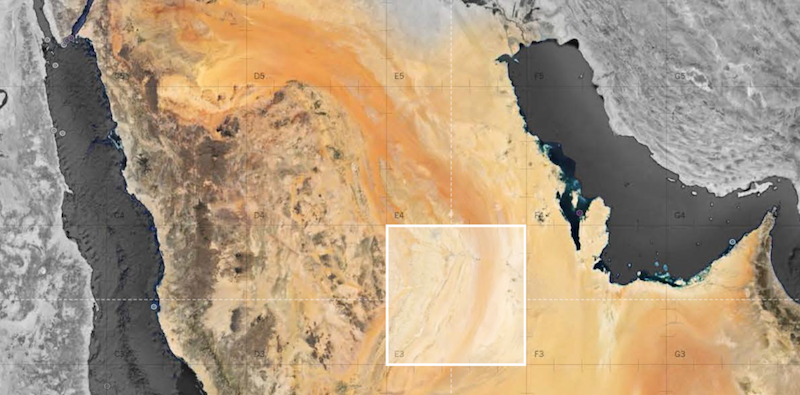Abstract
Wadi Hanifa, the most significant natural resource in the Arabian Peninsula, is a wadi stretching 120 km through Riyadh, the capital city of Saudi Arabia. This paper looks into the origins and foundations of the Wadi Hanifa Project. This study traces the transformation of the wadi from a dumping ground into an ecological restoration project developed by Moriyama & Teshima, in partnership with Buro Happold. This case study examines the social and environmental approach that is integrated into the design of the project. The paper investigates the bene ts of the Wadi Hanifa project by studying the most in uential factors that lead to the successes of the project. This study also looks at what was not successful and anticipates potential disadvantages and future challenges for the Wadi Hanifa project. I pursue the research in two folds. First, I develop an understanding of the project through published reports, analysis, and interviews with users and planners of Wadi Hanifa. Second, I spatialize the project at di erent scales through an analysis of the di erent applied systems. Overall, the Wadi Hanifa project proves to be a successful one, as it responds to social and environmental needs. Wadi Hanifa is a restoration project that aims to remediate and clean the water of the river by rehabilitating the once existing eco-system. This is done by implementing a large bioremediation plant that cleans the water of the wadi. Furthermore, the project transforms a neglected area of the city into a thriving social space by providing public amenities along the river. In addition, the design integrates culture-sensitive design elements, such as the semi-enclosed private family compartments that cater to the speci c cultural needs of the Saudi Muslim culture. However, the project is criticized as a greenwashing scheme put forth by the government to gain international recognition. The success of the project resulted in an increasing value of surrounding real-estate. This phenomenon would potentially drive local farmers away. All in all, the project demonstrates that it has the potential to facilitate new forms of social collectivity and environmental literacy.
